In today’s fast-paced app market, winning user loyalty is tougher than ever. This is where UX psychology comes into play. It’s no longer just about beautiful interfaces—it’s about understanding user behavior and guiding it subtly.
Duolingo, the popular language-learning app, exemplifies this approach. By using persuasive UX, effective user engagement strategies, and seamless app retention tactics, the app ensures users return again and again. Let’s explore how Duolingo keeps users learning through thoughtful notification design and psychological cues.
Behavior-Driven Design: The Core of UX Psychology
Duolingo’s user experience feels effortless, but every element is intentional. The app uses insights from UX psychology to craft notifications that prompt action without being pushy.
Here’s how it works:
- Fear of missing out (FOMO): Reminders like “Don’t lose your 5-day streak!” trigger emotional responses.
- Progress-focused messaging: Notifications reflect user behavior, making them feel customized.
- Gamification: Users earn badges, gems, and climb leaderboards, enhancing motivation.
These techniques aren’t accidental—they’re carefully embedded into the product’s ecosystem. By integrating psychology into UX, Duolingo maximizes stickiness and engagement.

The Art of Persuasive UX: Friendly, Not Forceful
Rather than sending loud, repetitive alerts, Duolingo employs persuasive UX. This means it nudges rather than nags. Its friendly owl mascot and positive tone make users feel guided, not manipulated.
What makes it effective?
- Tone of voice: Messages are casual and motivational—never robotic.
- Timely delivery: Notifications hit when users are likely to respond, like early evening.
- On-brand personality: The visual and verbal tone is playful and inviting.
These elements combine to form a persuasive yet respectful UX, driving long-term retention. It’s a tactic many apps overlook when crafting user engagement strategies.
For more on inclusive UX design techniques, explore our guide on Designing for All Users.
Tiny Interactions, Big Impact
Another reason how Duolingo keeps users learning is the app’s attention to microinteractions—those small moments of feedback and delight that reinforce behavior.
Duolingo’s best microinteractions include:
- Animated rewards after right answers (“You’re on fire!”)
- Progress bars and streak counters to visualize achievement
- Sound effects to create emotional satisfaction
These seemingly minor elements build positive habits, a cornerstone of solid app retention tactics.
Retaining Users Through Subtle Psychology
If you’re building an app or digital experience, Duolingo offers powerful lessons. You don’t need big budgets—just smart psychology and thoughtful UX.
Key tactics to adopt:
- Behavioral triggers → Use past activity to prompt next steps.
- Emotional messaging → Write like a friend, not a system.
- Visual rewards → Let users “see” their success.
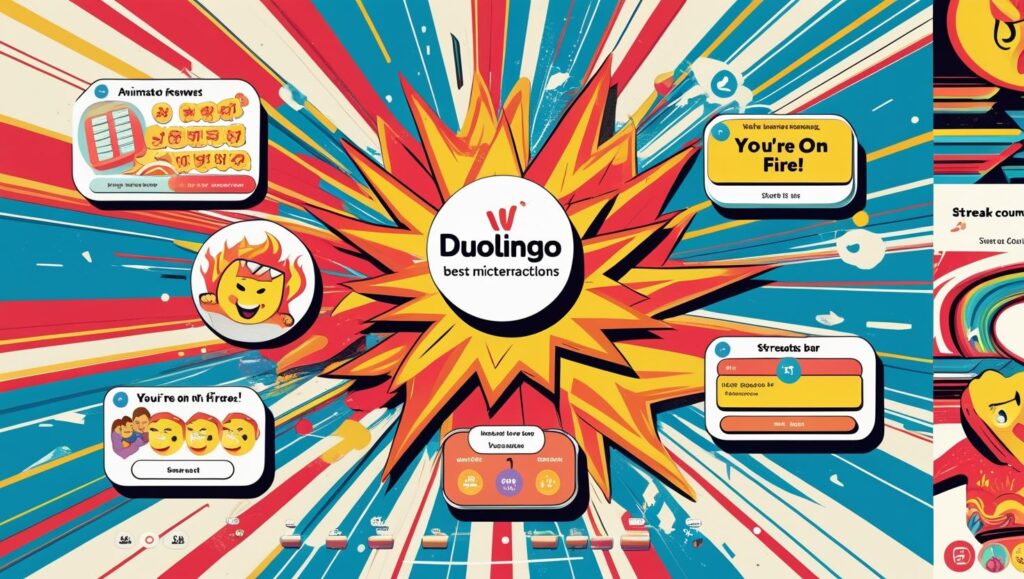
By applying these user engagement strategies, you increase the chance of your users forming a habit—and that’s the true key to retention.
Need help designing habit-forming UX? Webie specializes in UX strategy rooted in real behavioral science.
Final Thoughts: The Subtle Power of UX Psychology
What makes Duolingo so addictive? It’s not luck—it’s UX psychology in action. Every interaction is crafted to feel effortless, motivational, and rewarding.
Ultimately, how Duolingo keeps users learning comes down to respect for the user: encouraging them without overwhelming them. That’s a balance all apps should strive to achieve.
If you’re serious about designing ethical, high-retention digital products, understanding persuasive UX and app retention tactics is no longer optional—it’s essential.
Need help applying these insights to your own product?
📌 Explore our Inclusive UX Guide
📌 Or partner with Webie’s UX Team for expert consulting.t.






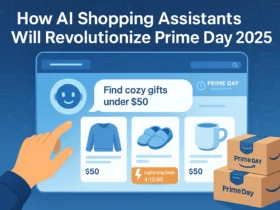




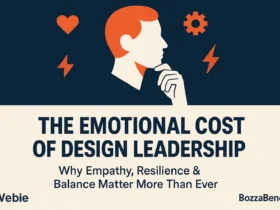
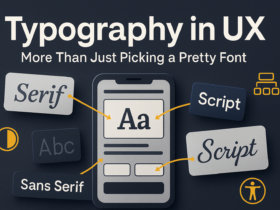
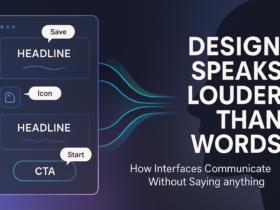

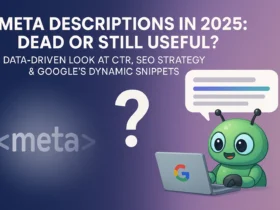







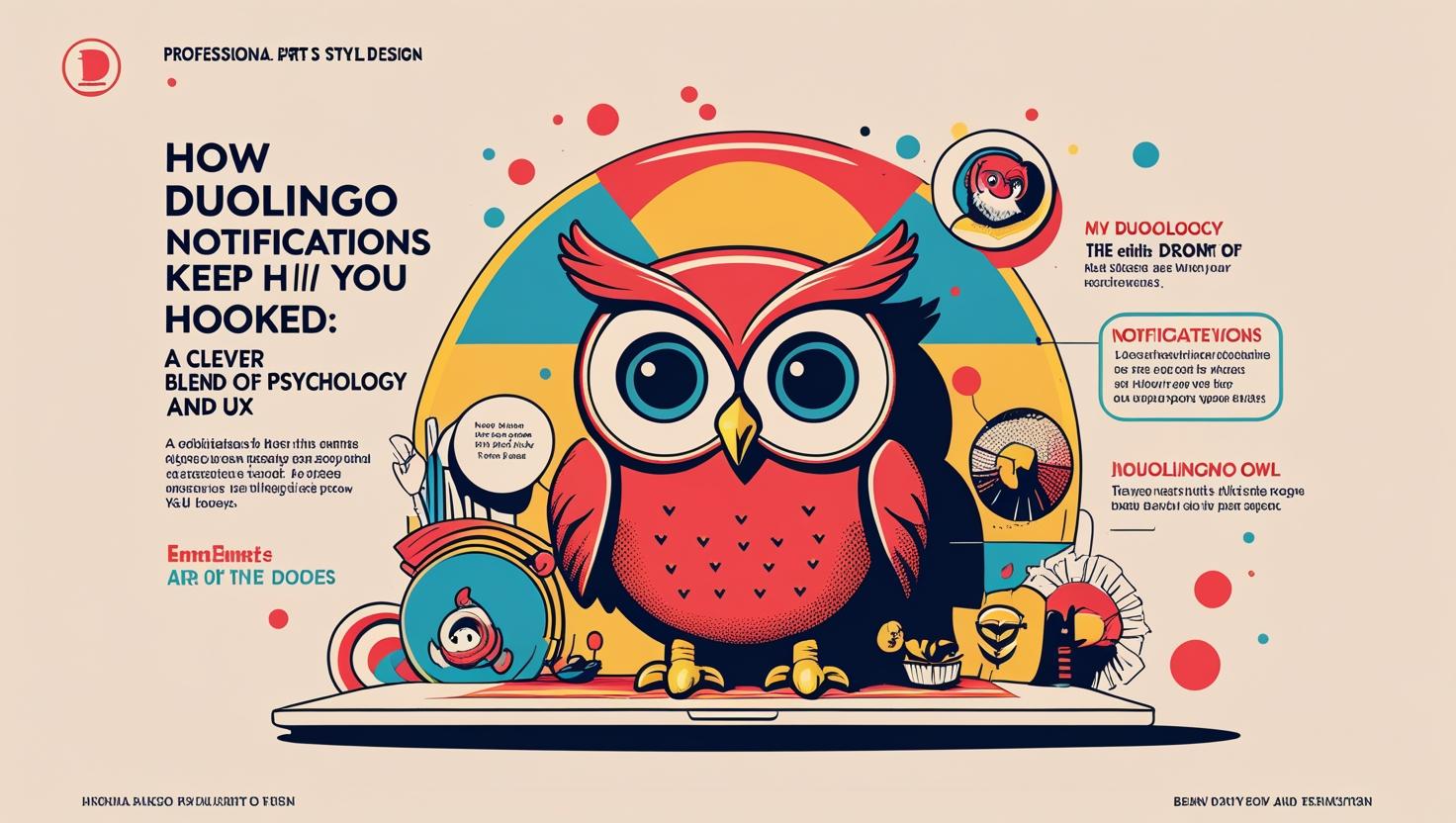

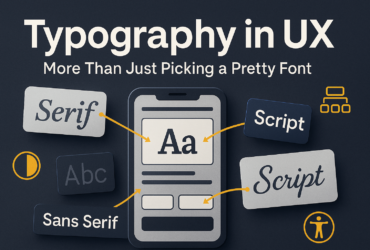
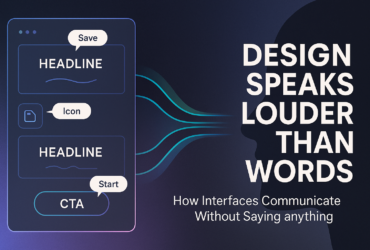
Leave a Reply